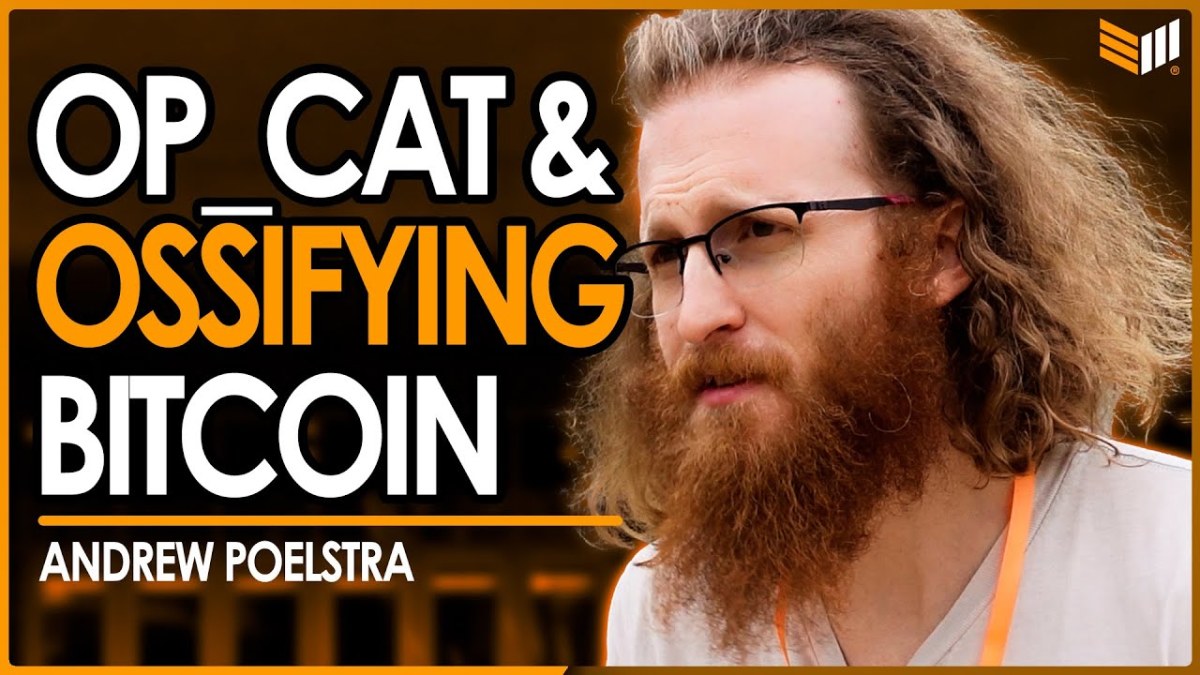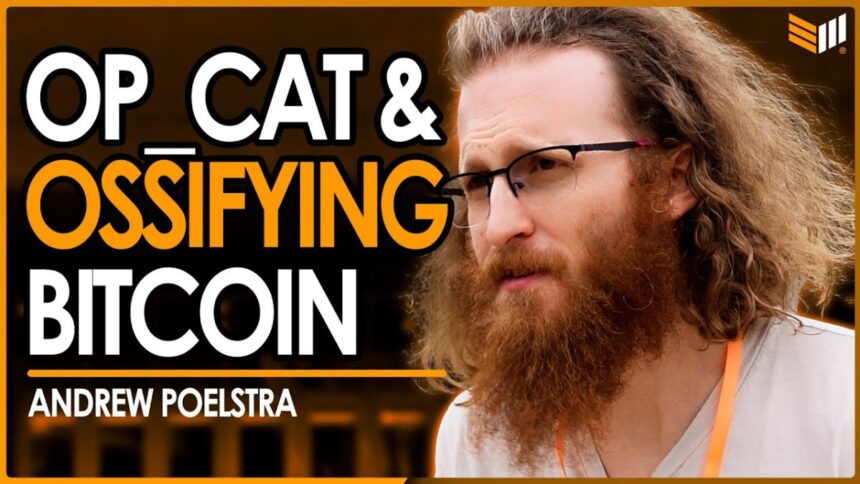
In a recent interview with Bitcoin Magazine, Shinobi spoke with Blockstream’s Andrew Poelstra and talked about colleague Rusty Russell’s ambitious proposal. Rusty plans to restore some abandoned features from Bitcoin’s code. This is a bold move that has the potential to significantly enhance the functionality and expressiveness of Bitcoin scripts.
Understand the new costing model
One of the central aspects of the “Great Script Restoration” proposal is the introduction of a new costing model for opcodes. Currently, in Bitcoin, all operations cost the same, regardless of computational complexity. However, this model does not accurately reflect the actual cost of script execution and can introduce inefficiencies and limitations. Rusty’s new costing model attempts to address this problem by assigning different costs to opcodes based on their computational requirements. This approach is a significant departure from existing models and more closely aligns with how other blockchain platforms, such as Ethereum, handle computational costs.
Andrew Poelstra highlighted the potential benefits and challenges of this new model: “The new costing model is very interesting and something of a departure from how Bitcoin works today,” he noted. The new model would set prices more fairly based on the resources scripts consume, potentially preventing spam attacks and other issues.
Challenges and consensus building
Implementation of this plan is not without challenges. One major concern is the complexity of determining script execution time. For example, Ethereum has gas limits on transactions to prevent excessive computation. Poelstra acknowledged the similarities, saying, “I’m going to be a little mean here and say this looks like gas, right?” However, he emphasized that unlike his Ethereum, which has a cost to users when it runs out of gas, Bitcoin does not lose funds if a transaction fails.
To move forward, the Bitcoin developer community must build consensus around this plan. Poelstra noted a noticeable shift in the community’s attitude towards expressiveness in scripts over the past few months. Part of this change is due to the emergence of new use cases and the realization that restrictive approaches can hinder innovation. “In the last six months, really in the last six months or so, there’s been a very interesting kind of change in tone in the Bitcoin developer community,” he said.
Dealing with Bitcoin ossification
The road ahead includes several important steps. First, developers need to create a suitable proposal, including reference implementations and test vectors. This proposal is then reviewed and discussed within the community to gather feedback and build consensus. Poelstra emphasizes the importance of this process, saying, “The first steps are pretty easy, right? Create a good proposal, create a reference notation, test He creates a vector, get a benchmark. ”
An important part of the consensus process is addressing the debate surrounding ossification. Ossification is the idea that Bitcoin’s protocol should remain unchanged to maintain stability and security. Some members of the community, known as ossificationists, believe that Bitcoin should refrain from changes to avoid introducing potential vulnerabilities and maintain its current robustness. Poelstra acknowledges this concern, but argues that certain changes like Rusty’s proposals are necessary for Bitcoin’s continued growth and functionality.
The debate centers on whether the risks associated with change outweigh the benefits. Poelstra noted that Bitcoin is already evolving, citing the emergence of ordinal numbers and inscriptions as examples of how the network is being used in new and unexpected ways. He emphasized that refusing to adapt could limit Bitcoin’s potential, and that economic incentives within the network will naturally sort out usage priorities.
“We need to talk to people who identify as ossificationists, or you might call them ossificationists, right? People who don’t want Bitcoin to change. And I think we need to passionately and rightly advocate that this is a good thing, “Bitcoin,” Poelstra said. He believes that by clearly explaining the benefits of enhanced script expressiveness and addressing the concerns of ossificationists, a balanced and informed consensus can be reached.
Additionally, Poelstra said that while change comes with risks, there are also opportunities for inherent improvements, such as increased scalability, increased security through vaults, and more efficient use of blockchain space through mechanisms such as coin pools. I emphasized that it would be open. These enhancements will make Bitcoin more robust and adaptable to future needs.
Next steps include not only the technical process of formalizing the proposal and conducting thorough testing, but also a broader dialogue within the community that must balance maintaining Bitcoin’s core principles with the need to innovate and adapt so that the network can continue to thrive and meet the evolving demands of its users.
conclusion
Rusty’s plan to make Bitcoin scripts great again represents an important step toward strengthening the expressive power of the Bitcoin network. Although there are challenges to overcome, the potential benefits in terms of functionality and innovation are significant. As the Bitcoin developer community continues to evolve and embrace new ideas, proposals like this will be critical in shaping the future of the network.



